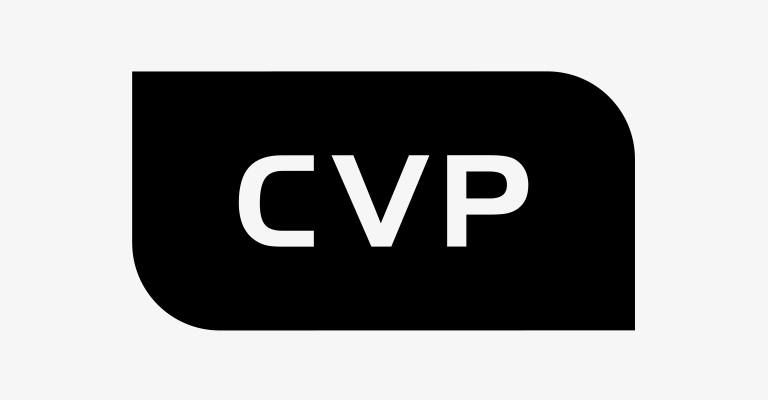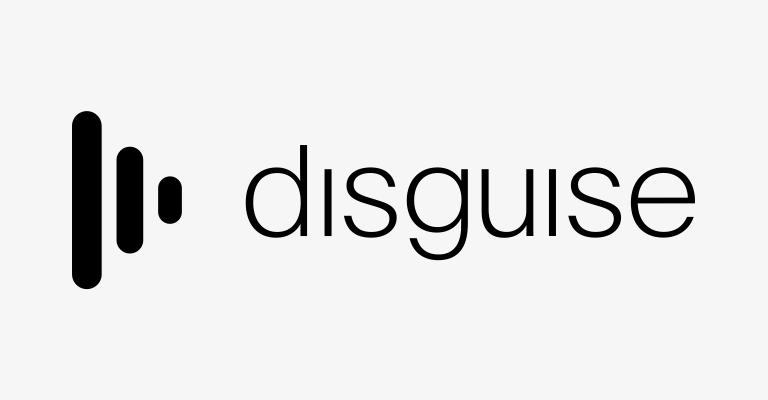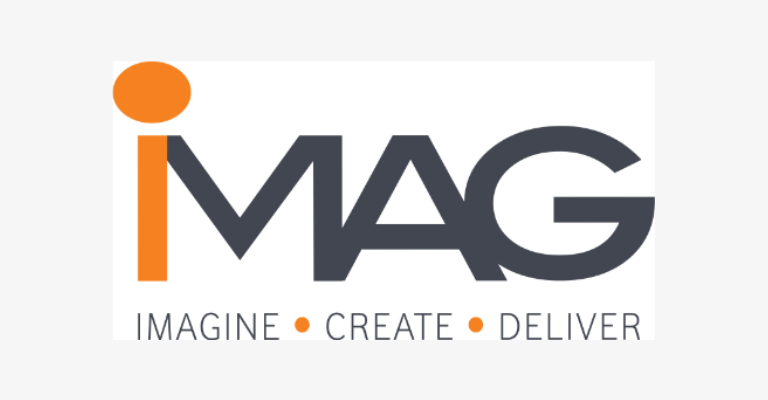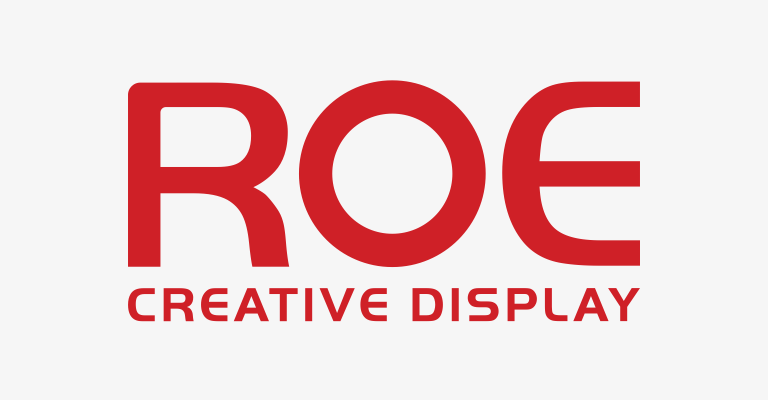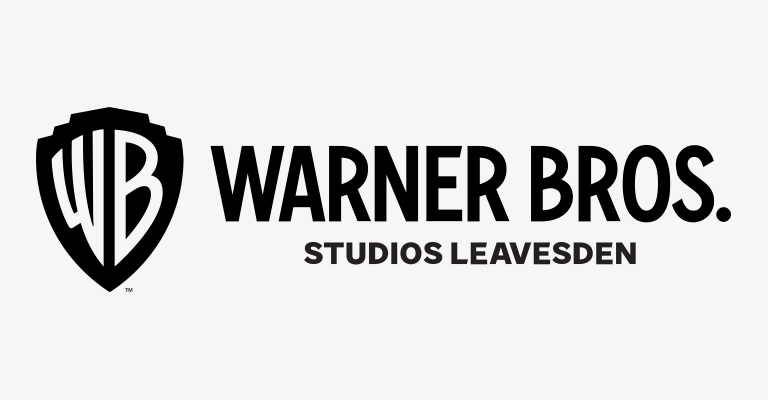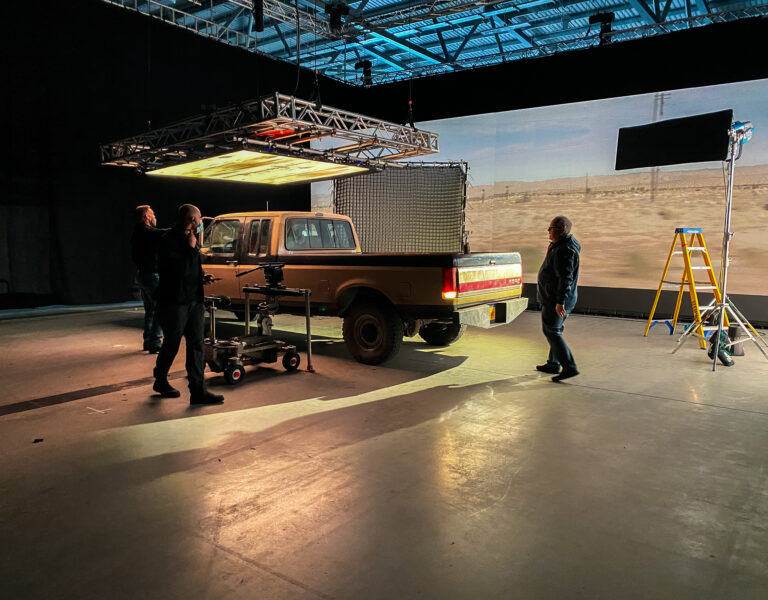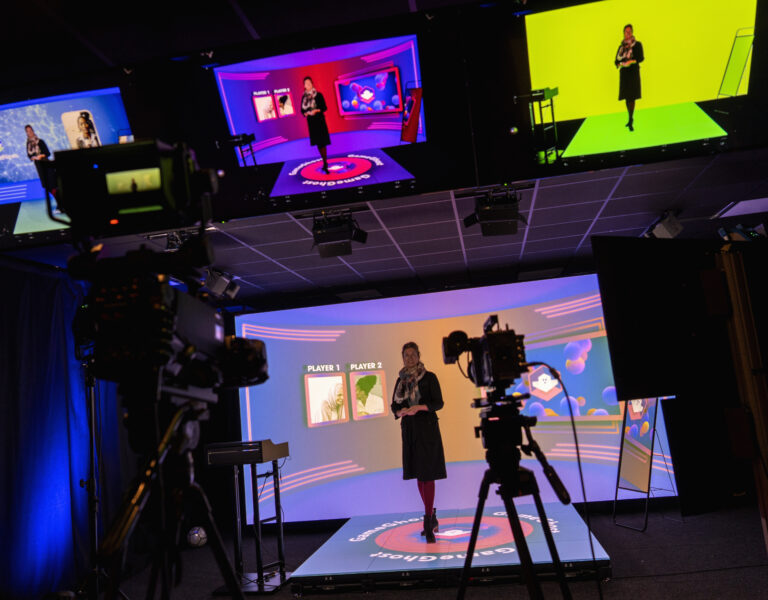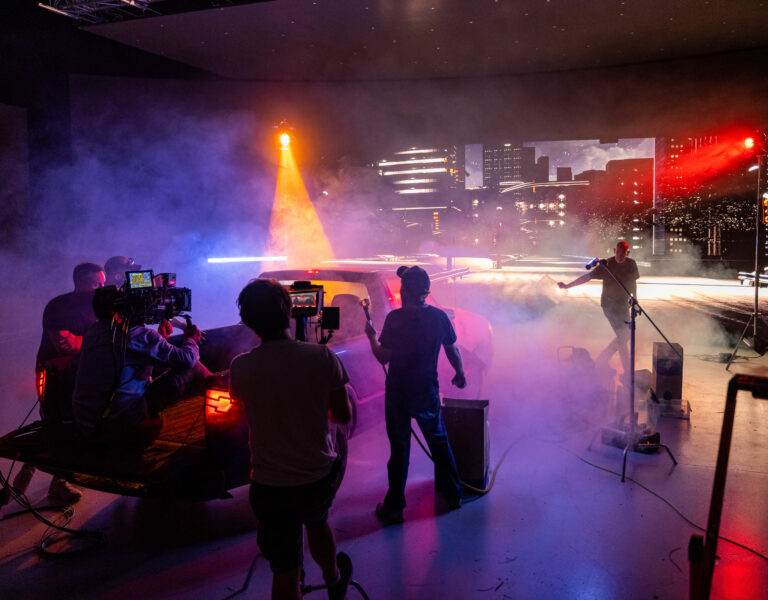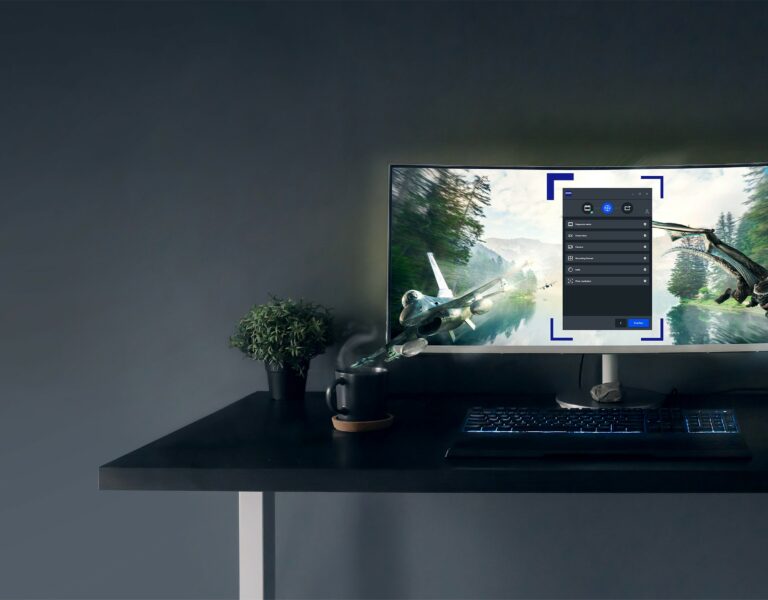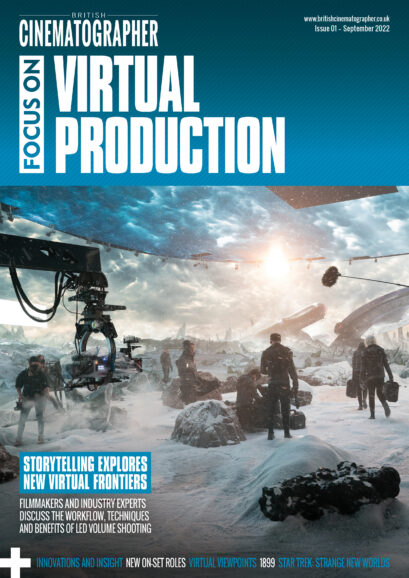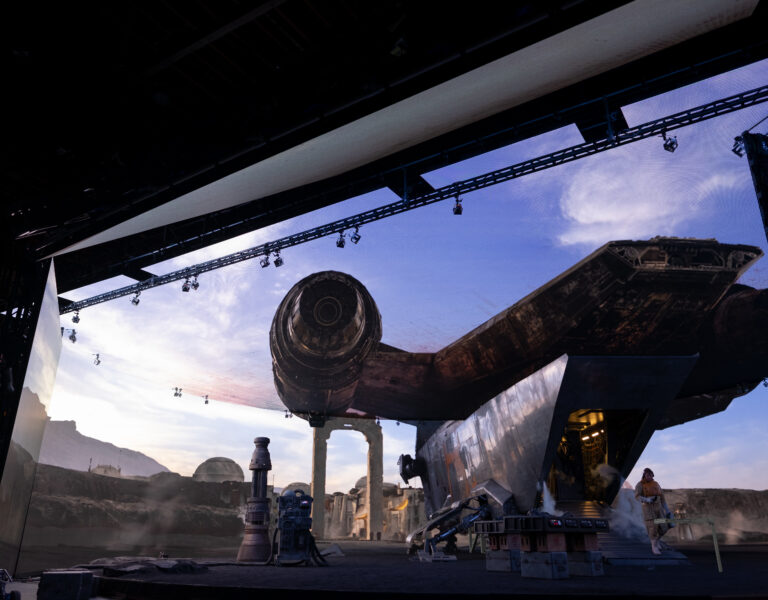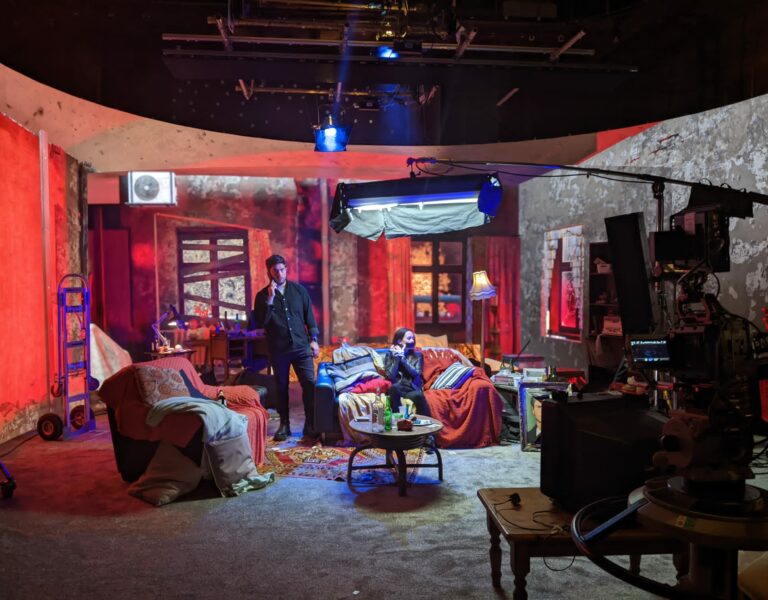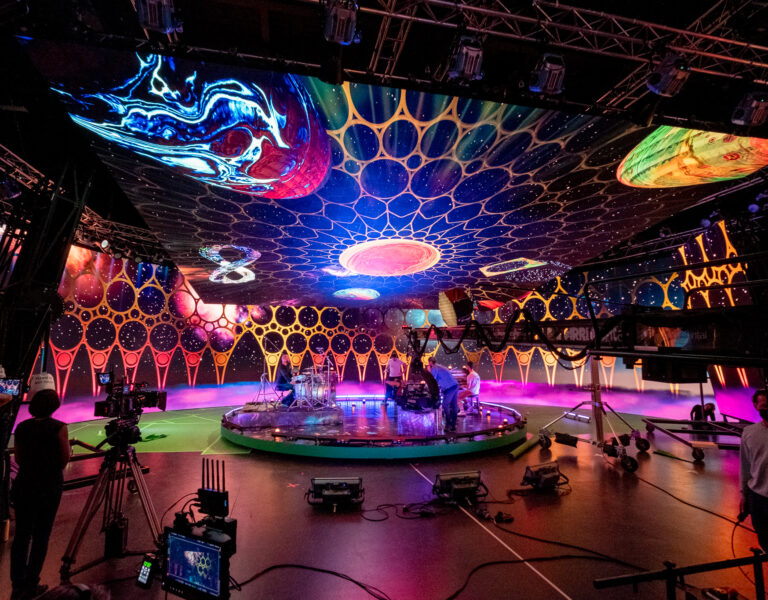Director-DP Brett Danton chose Canon cameras and lenses to immerse Bastille in a multi-layered VR experience.
The latest album from Brit Award-winning pop rock band Bastille is entitled “Give Me the Future”. “Sci-fi is escapist, but technology can also be terrifying,” the band said of the album’s themes at the June 2022 launch of the accompanying virtual reality experience.
Directing and shooting this 360 VR project for WPP was Brett Danton, who embraced the conflicting schools of thought about how dystopian or utopian the future may be. “It was trying to bring the band’s thoughts on what the future might be to life,” he explains, “and actually host their concert in the future.”

The VR experience glides the viewer through a futuristic city where the band play on huge billboards nestled amongst the skyscrapers, while figures made of sparkling light dance along. The 2D footage on the billboards was shot in a custom-built LED volume in a former jet engine testing facility in Norfolk.
Danton trialled several cameras with the LED screens, paying particular attention to any moiré issues, and ultimately selected Canons. “We shot with C500 Mark IIs, full frame,” he says. “The full frame is definitely a bit of an advantage with the LED volumes.” Danton has used C500s since they were first released, describing them as “a very good workhorse; the menu system works really well; you’ve got a good latitude range in there.”
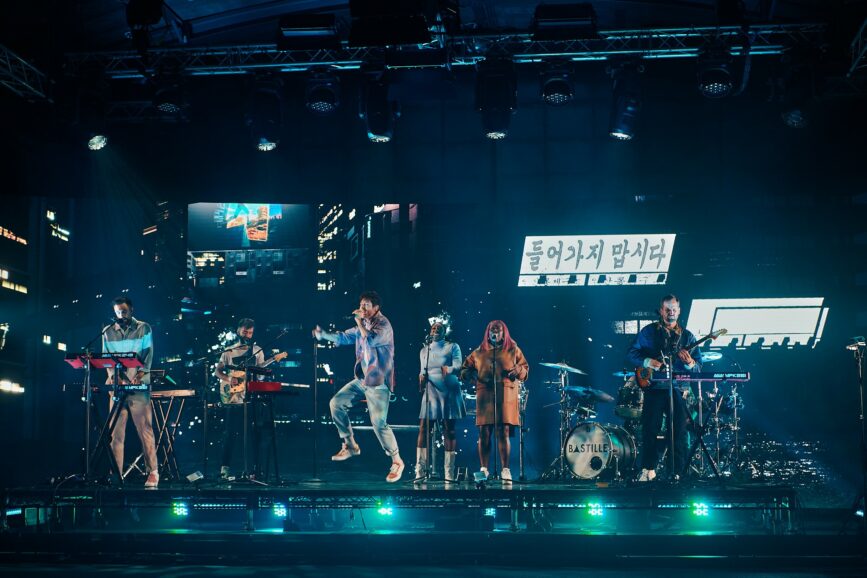
The director-DP paired the cameras with Canon Sumire Prime lenses. “I actually found them really good for virtual production,” he remarks. “They have a softer look to them, and they have a bit more of a bleed, so when you have a stronger backlight from the LEDs, [light] was wrapping around. It was actually a really nice look. I think it’s a lens that people haven’t thought about using for virtual.”
The 12-metre LED wall, driven by Unreal Engine and 12 Nvidia A6000 graphics cards, was composed of Absen panels with a very fine 1.5mm pixel pitch. On them were displayed more figures of dancing light, their motions driven in real time by fans all around the world who were watching on Oculus Rifts and being movement-captured by Microsoft Kinects. The band were able to step right up to the wall to interact with their fans’ scintillant avatars.
The screens were less bright than many used in virtual production but shooting at the C500’s native ISO of 800 and on the fast Sumire lenses, this was not a problem for Danton. And recording in 5.9K RAW meant that there was extra image if any reframing was required in post, while still delivering in UHD.
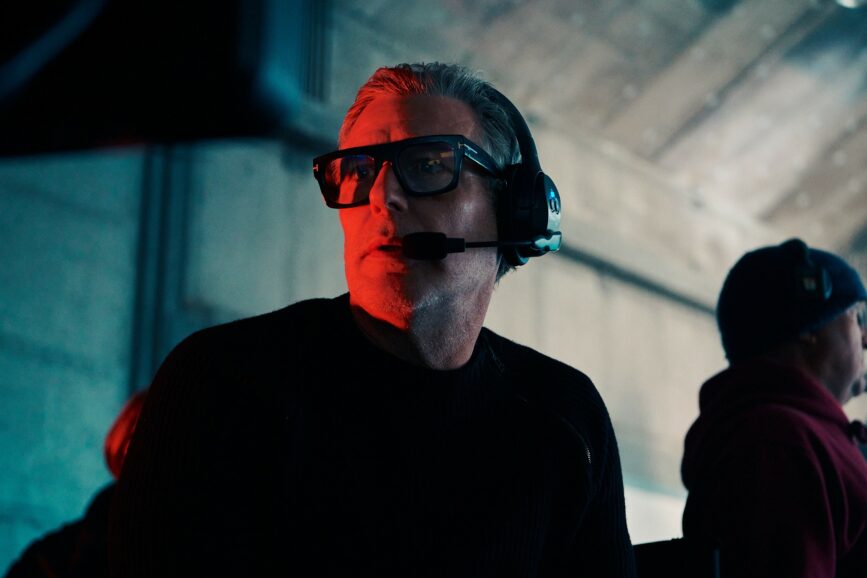
As in any virtual production, it was vital to keep the two C500 Mark II cameras in sync with the LED screens. “The Canon genlock was really good,” says Danton. “When we did some of the other camera tests, we had a few issues with genlock, but because Canon come from their broadcast days the genlock worked really well.”
One C500 Mark II was mounted on a Technocrane, while the other was on a Steadicam. “The form factor of the C500s is really good, because by the time you add all the tracking stuff onto the camera it grows a lot,” Danton observes. “The 500 built up really well. There’s a lot of cameras where you wouldn’t get all the equipment you need onto it.”
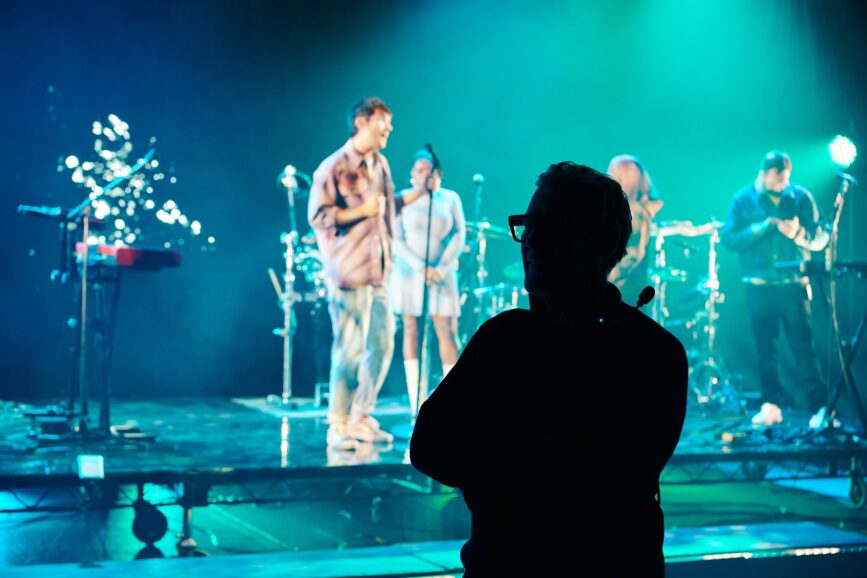
Danton colour-balanced the cameras to the volume, finding that a very small amount of added magenta helped the colour reproduction on the LED screens. To ensure the foreground matched, he applied the same colour shift to his lighting fixtures, a mixture of stage and film units from ETC. “We had a big board with an operator, and he programmed all the moves to go with the music. He lit it so it felt like it was coming from the city.”
The edited UHD footage was incorporated into the CG city to create the final VR film and put the viewer inside Bastille’s vision of the future.
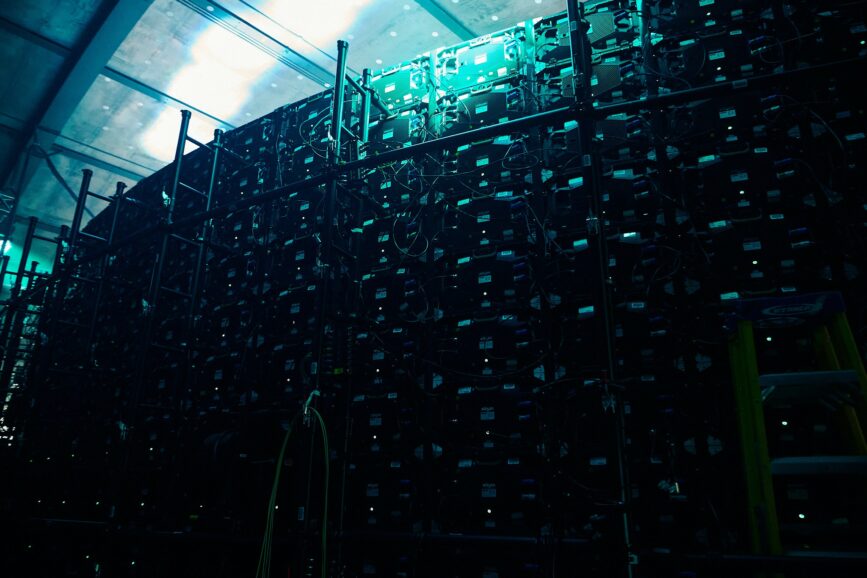
–
This article is sponsored by Canon
Words by Neil Oseman



